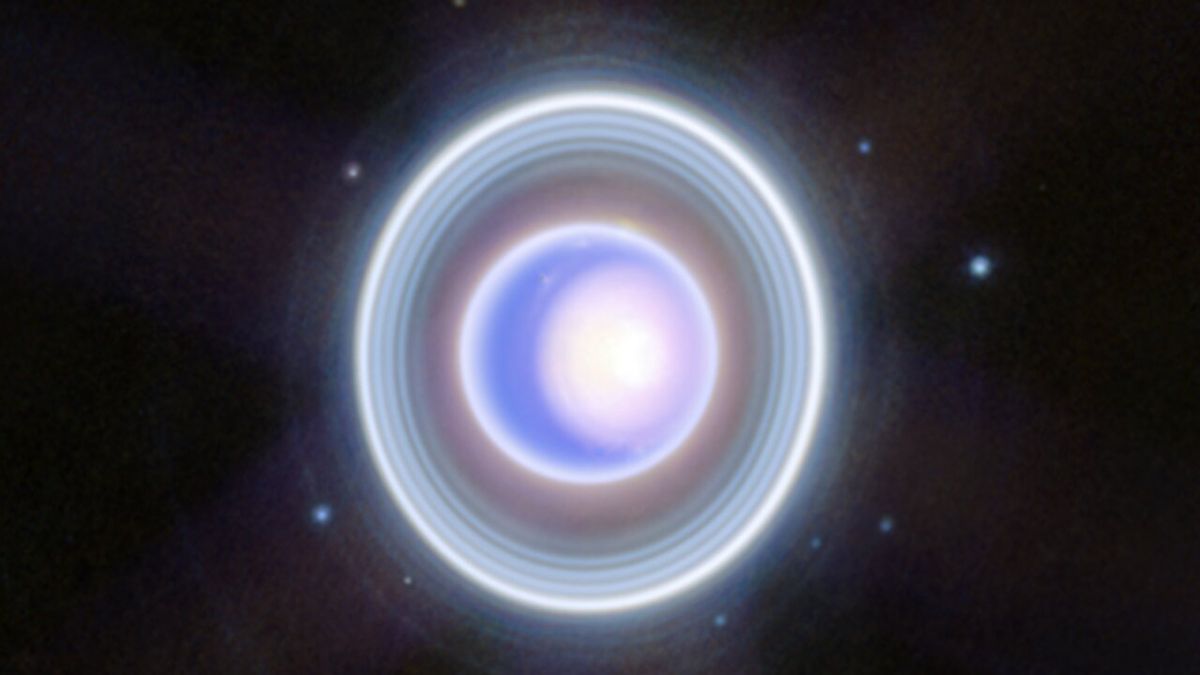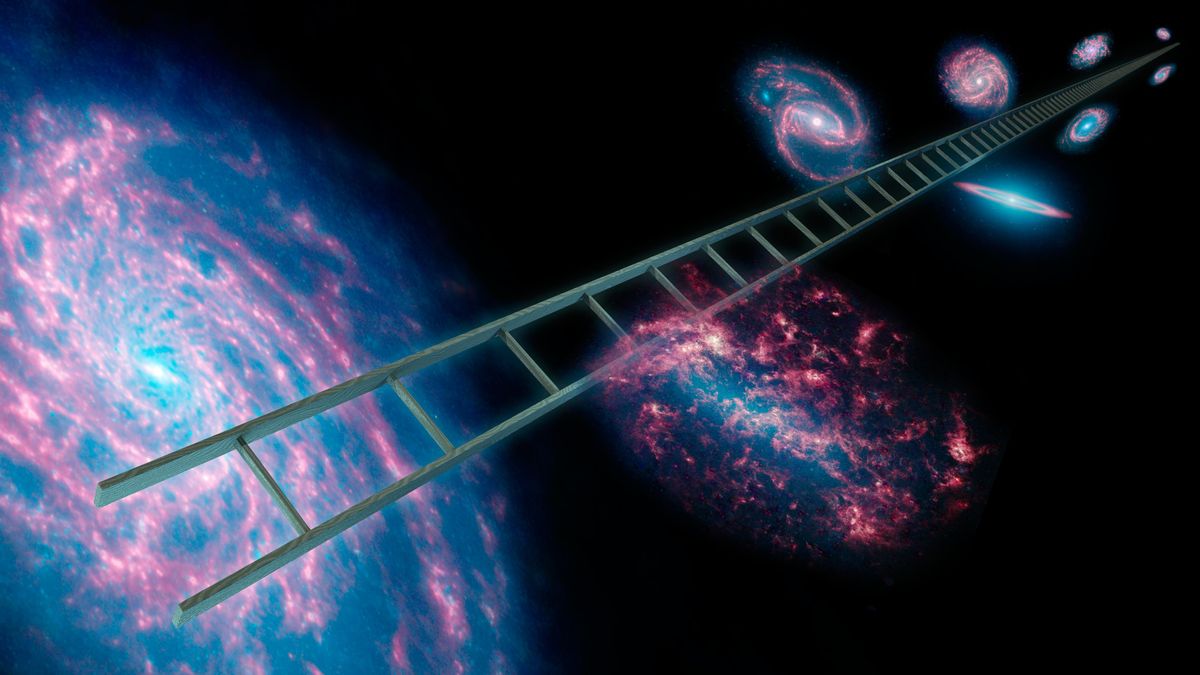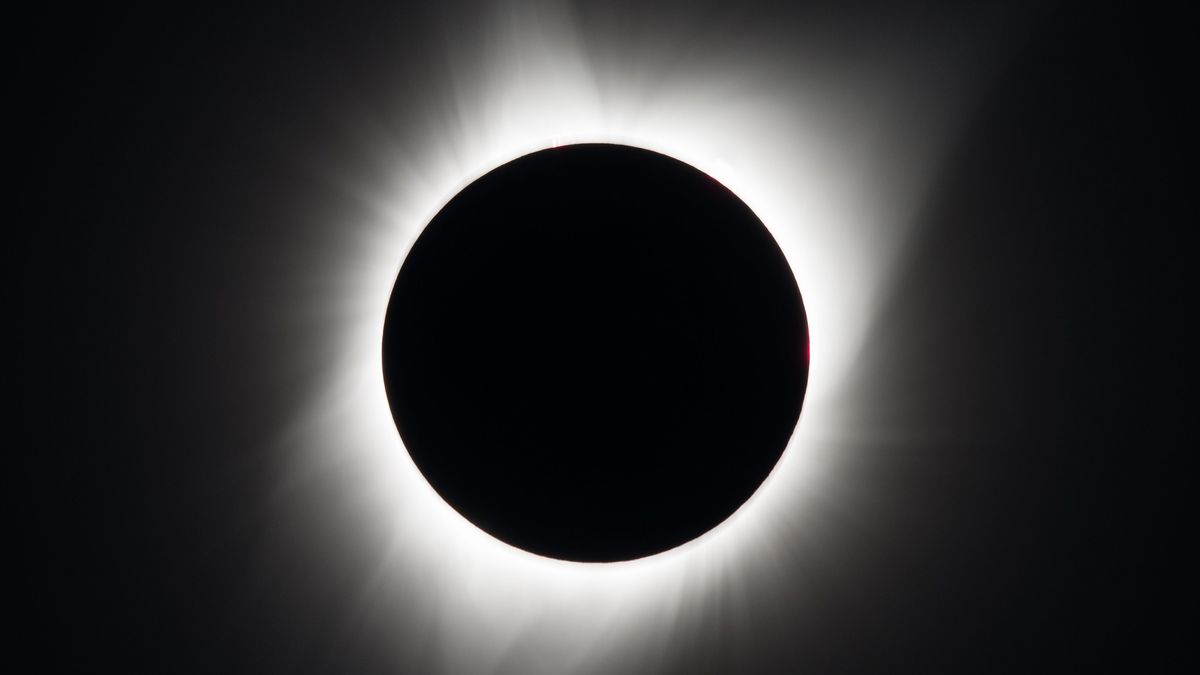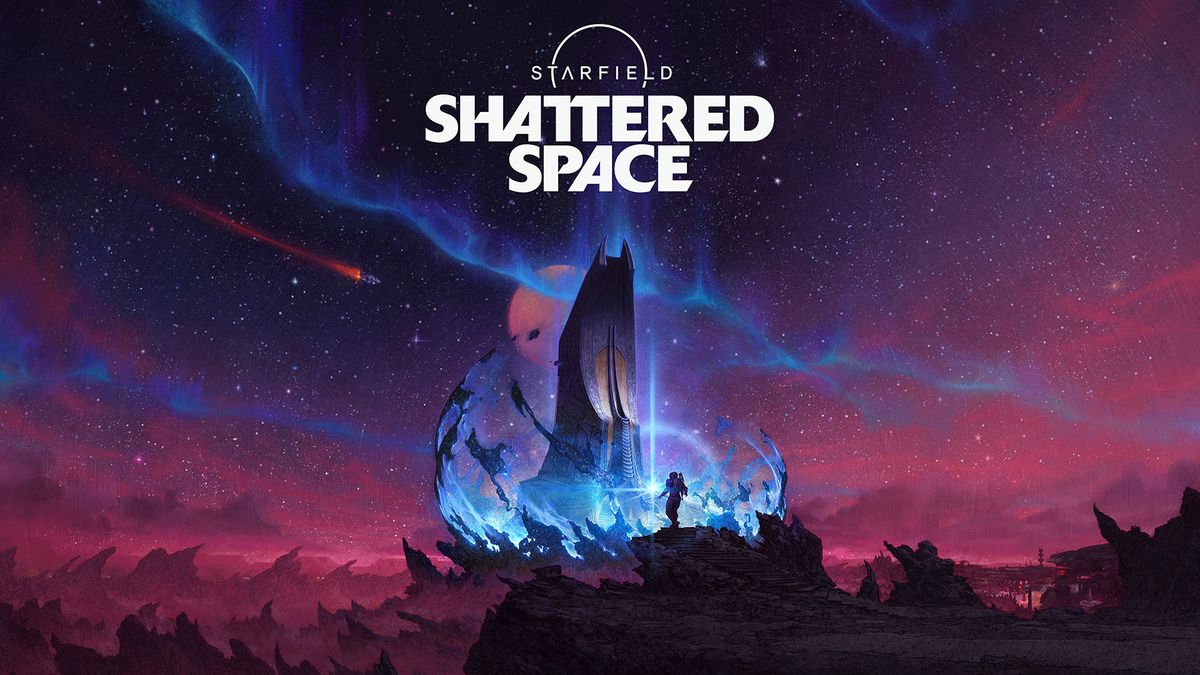Astronomical Discovery Unveils Methane Ice on Ice Giants Uranus and Neptune
Astronomers have long speculated that the ice giants Uranus and Neptune harbor vast amounts of frozen water. However, a recent study has unveiled a surprising new finding – these distant worlds may also be home to substantial quantities of methane ice. This revelation could hold the key to unraveling a longstanding mystery surrounding the formation of these enigmatic planets.
The Enigmatic Ice Giants
Despite their prominent place in our solar system, Uranus and Neptune remain shrouded in mystery. With only a solitary visitor in the form of Voyager 2, which made its fleeting pass in the 1980s, scientists have struggled to unravel the complex makeup of these distant worlds. While researchers have pieced together some details, such as the presence of oxygen, carbon, and hydrogen, much about the ice giants remains a puzzle.
In an effort to shed light on the composition of Uranus and Neptune, astronomers have turned to sophisticated models based on data gathered by Voyager 2 and ground-based telescopes. These models typically suggest that the planets consist of a thin envelope of hydrogen and helium, a layer of compressed superionic water and ammonia, and a solid rocky core. It is this layer of water that gives them the moniker “ice giants,” with some estimates suggesting they may each contain an astonishing 50,000 times the volume of water found in Earth’s oceans.
A New Perspective on Planet Formation
However, a group of researchers has proposed a novel perspective on the origin of the ice giants. Rather than adhering to conventional models, the team argues that the formation of Uranus and Neptune was shaped by the accretion of carbon-rich planetesimals, akin to today’s Kuiper Belt comets. This departure from the prevailing theory raises a critical question – how could these ice-poor building blocks give rise to icy giants?
Lead author, planetary scientist Uri Malamud from Technion – Israel Institute of Technology, highlights this apparent paradox. By constructing hundreds of thousands of interior models for Uranus and Neptune, Malamud and his collaborators sought to unravel this cosmic conundrum. Their innovative algorithm delved into the planets’ depths, exploring diverse compositions that encompassed iron, water, and methane – a prominent component of natural gas.
Ultimately, the researchers discovered that models featuring methane as a substantial component aligned most closely with the actual properties of the ice giants. In these scenarios, methane forms a dense layer between the outer hydrogen-helium envelope and the inner water layer, constituting up to 10% of the planets’ total mass.
Unlocking the Ice Paradox
This newfound presence of methane holds the key to resolving the enigmatic ice paradox. The researchers propose that the ice giants’ methane ice may have formed through intense chemical reactions between hydrogen and carbon during the planets’ tumultuous evolution. Under extreme temperatures and pressures, akin to conditions found within the nascent planets, methane could have crystallized, offering a fresh perspective on their mysterious origins.
While these findings provide valuable insights into Uranus and Neptune, verifying the presence of methane ice poses a formidable challenge. Future missions, such as those proposed by NASA and other space agencies, may provide a critical opportunity to delve deeper into the mysteries of these distant ice giants.
Image/Photo credit: source url





